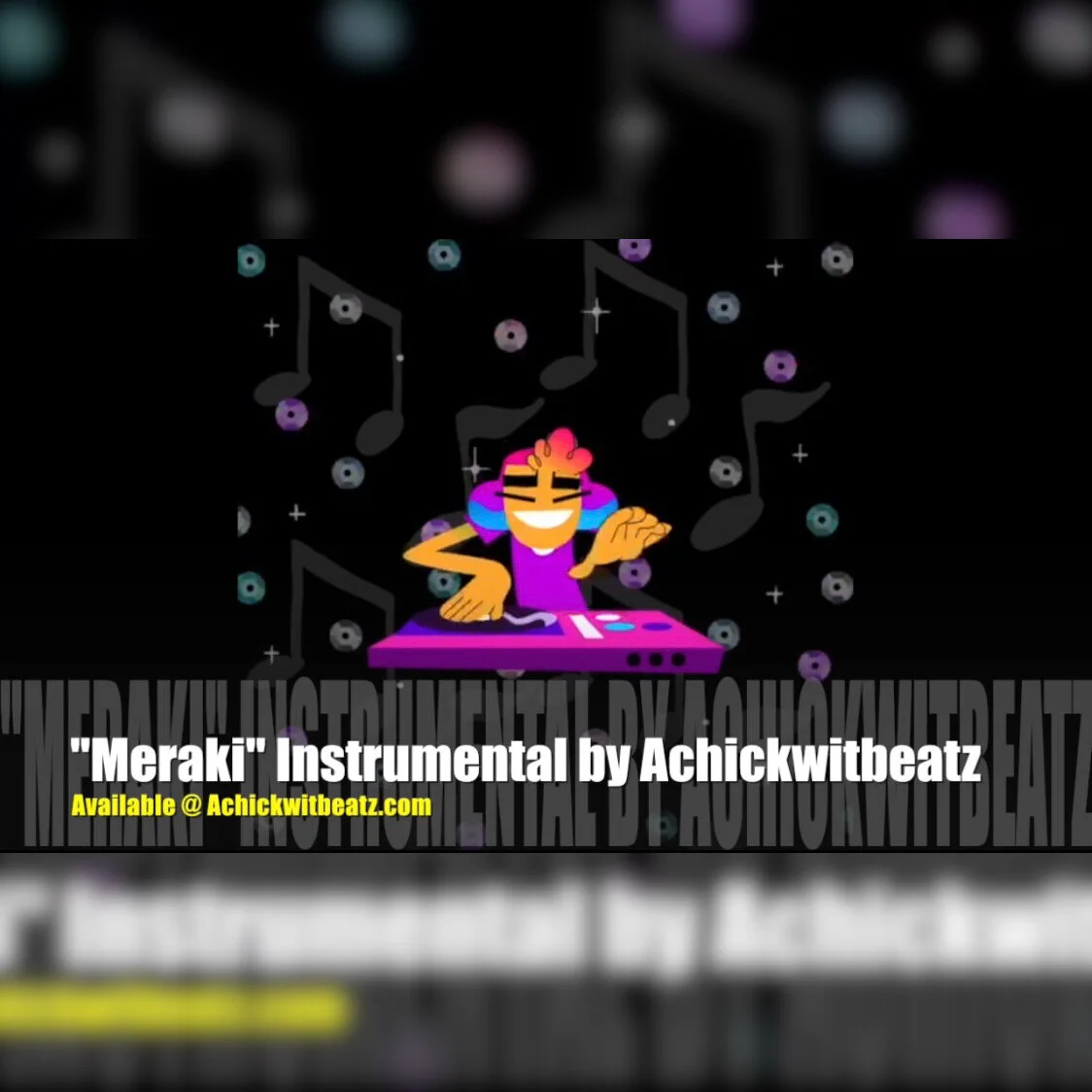Photo by Strvnge Films on Unsplash
One of the biggest challenges independent artists face in an increasingly fragmented music industry is building and sustaining an online community of real fans. Researching audience development strategies, platform behavior, and artist case studies has revealed what helps emerging artists turn casual listeners into loyal supporters. Here are some tips for artists who want to build lasting relationships with fans in the digital space.
Why Fan Communities Are Essential Infrastructure
Photo by Alfonso Scarpa on Unsplash
These days, for independent artists, community is no longer a “nice to have” bonus; it’s a necessary infrastructure. A supportive, engaged fanbase is pretty much your only buffer against a volatile algorithm, a stalled release, or a canceled show. Unlike passive social media followers, fan communities create value by:
Driving direct revenue through merch, tickets, or crowdfunding
Amplifying releases via word-of-mouth and social sharing
Providing critical feedback loops and creative support
Increasing platform engagement, which often improves reach organically
The common thread in the research is that fan communities tend to form around shared values, direct access to the artist, and a sense of belonging to something ongoing. These outcomes aren’t automatic, they’re cultivated through structure and strategy.
1. Shift from Audience to Participation
Photo by Nils Schirmer on Unsplash
Many artists mistake content for connection. While consistent posting may help with visibility, community requires participation. In analyzing various independent campaigns and artist journeys, one thing is consistent: fans engage more when they’re given a role.
It doesn’t have to be complicated. That role can be as simple as responding to a question, voting on a single cover, or joining a live chat where the artist is visibly present. But there needs to be an invitation to participate, not just observe. Examples include:
Asking open-ended questions in captions or emails
Highlighting specific fan contributions publicly (e.g., reposting fan art or reviews)
Holding regular Q&A or listening sessions where fan voices are acknowledged
2. Use Social Media as the On-Ramp to Deeper Community
Social media is still a key part of fan development. Not just for discovery, but as a first layer of community interaction. It’s often where fans learn your tone, values, and consistency…and that matters.
Instagram, TikTok, YouTube, and Twitter/X allow artists to:
Spark in-jokes and memes that turn into shared language
Test ideas and gauge audience response in real time
Create moments of two-way interaction via DMs, comments, and lives
But while these platforms are great for initiating engagement, they don’t offer long-term control or stability. Followers don’t equal ownership, as you don’t control the method of communication. Algorithms can bury your content overnight, terms can change, and accounts can get hacked, penalized, or suspended.
The research points toward using social media as a launchpad, not the final destination. When fans are truly invested, many are willing to follow you to platforms where real community can grow.
3. Transition to Community-Driven Platforms
Discovery tools bring people in, and community tools keep them close. That’s where platforms like:
Discord (live chat rooms, channels, events)
Geneva (structured groups and events)
Bandcamp, Patreon, or Ko-fi (supporter hubs)
Email and SMS lists (direct lines of contact)
…come into play. These are spaces you control, with fewer distractions and more room for context. They support ongoing engagement, shared ownership of culture, and deeper access that social platforms aren’t built for.
4. Set Clear Expectations for Interaction
Photo by Daniel Korpai on Unsplash
Random engagement isn’t enough to grow communities. The most effective ones have consistent rhythms: weekly livestreams, monthly behind-the-scenes drops, quarterly meetups, even if they’re virtual.
Artists who set and maintain a basic structure tend to see:
Increased retention and repeat engagement
Fans initiating discussions among themselves
Clearer feedback loops on what content resonates
If you’re building from scratch, start with one recurring touchpoint. Even a biweekly email or 20-minute livestream can provide the framework for growth.
5. Prioritize Direct Ownership of Your Audience
Photo by Melanie Deziel on Unsplash
In addition to the aforementioned potential problems with social platforms, they can also experience outages or a decline in popularity. To mitigate that risk, direct ownership is key.
This can take the form of:
A growing email list with tagging/segmenting capabilities
Hosted spaces, like a private Discord or forum, where you set the rules
Artists who do this are able to sustain momentum, monetize more consistently, and recover from platform-related setbacks faster.
6. Focus on Cultural Signals, Not Just Content
Photo by Patrick Perkins on Unsplash
Fans don’t only connect to songs, they actually connect to what those songs mean in context. Communities form around shared identity, values, and creative ethos. That’s why artists who define their perspective (politically, aesthetically, or emotionally) tend to attract deeper loyalty.
Please note that this doesn’t mean becoming polarizing for the sake of visibility, but it means being intentional about what your work stands for and signaling that in consistent, visible ways. Examples can include:
Artist-run Discords where fans discuss personal themes behind the lyrics
Video content where artists speak on issues that inform their music
Merch or visuals that carry symbolic weight or inside meaning for fans
Research in fandom behavior supports this: fans engage more actively when there’s a shared language, inside references, or symbolic culture they can participate in.
Community as Strategy, Not Afterthought
Photo by Christian Lue on Unsplash
Building a fan community online is not a result of putting out good music, it’s a parallel process. The most resilient independent artists are those who design for community at every stage, from early releases to merch campaigns to live performances.
As always, there’s no one-size-fits-all formula, but the artists who are growing sustainable careers tend to combine:
Strategic use of high-reach platforms like social media for discovery
Clear transitions into owned or semi-private community spaces
Intentional participation structures for fans
A defined cultural identity fans want to align with
Direct ownership of communication channels
The work of building community has shifted from optional to foundational for independent artists playing the long game and seeking longevity.
- Art
- Independent Labels
- Internet Radio
- Music Documentaries
- Album Reviews
- Music History
- Music Industry News
- Free Game Friday
- Free Downloads
- Poetry
- Books
- Interviews
- Did You See It?!
- Hip Hop History
- Hear Here
- Music News
- Hip Hop Documentaries
- Music Marvels Radio Show
- Think Piece Thursday
- Mini Documentaries
- Instrumental Intel
- Music Humor
- Indie Analysis
- Conversations & Quotables
- Music
- Resources for Artists
- Podcasts
- Beats/Instrumentals
- Music Education
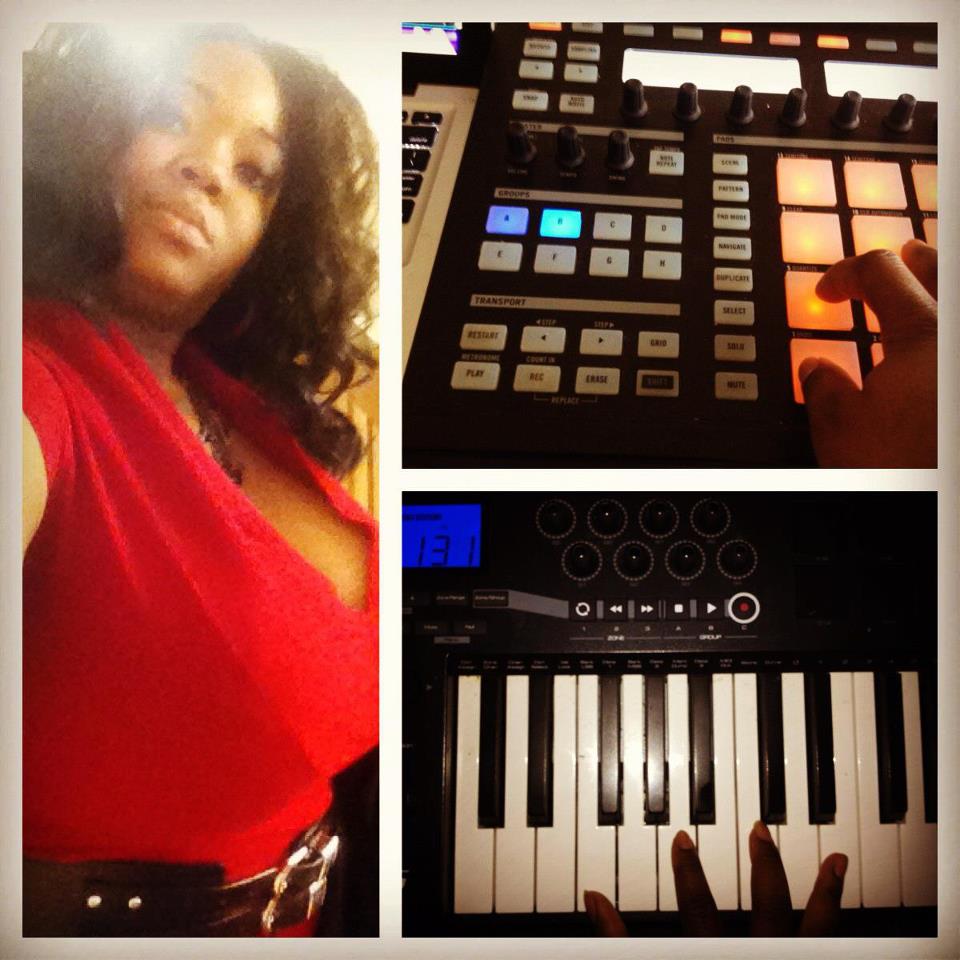



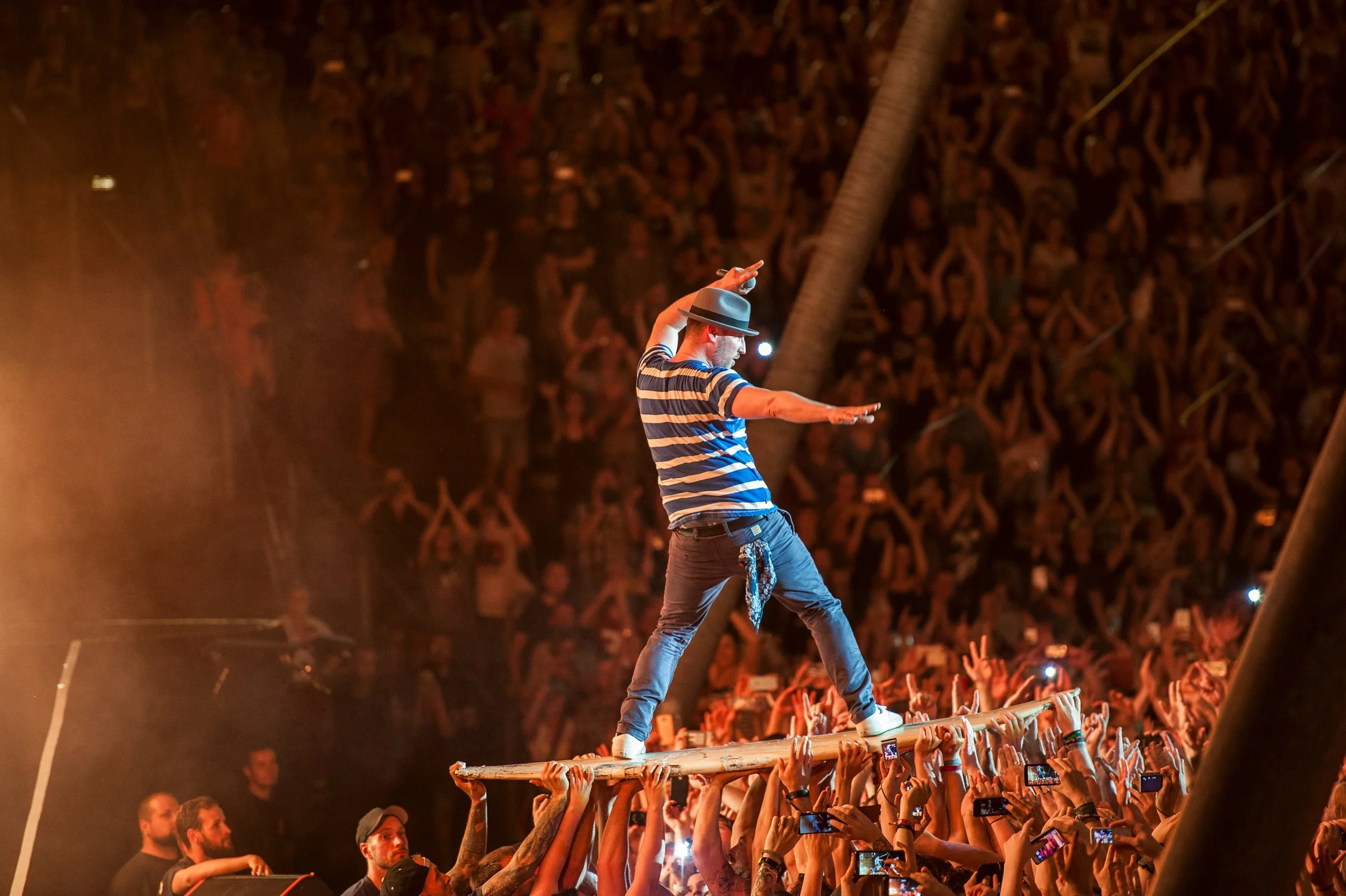
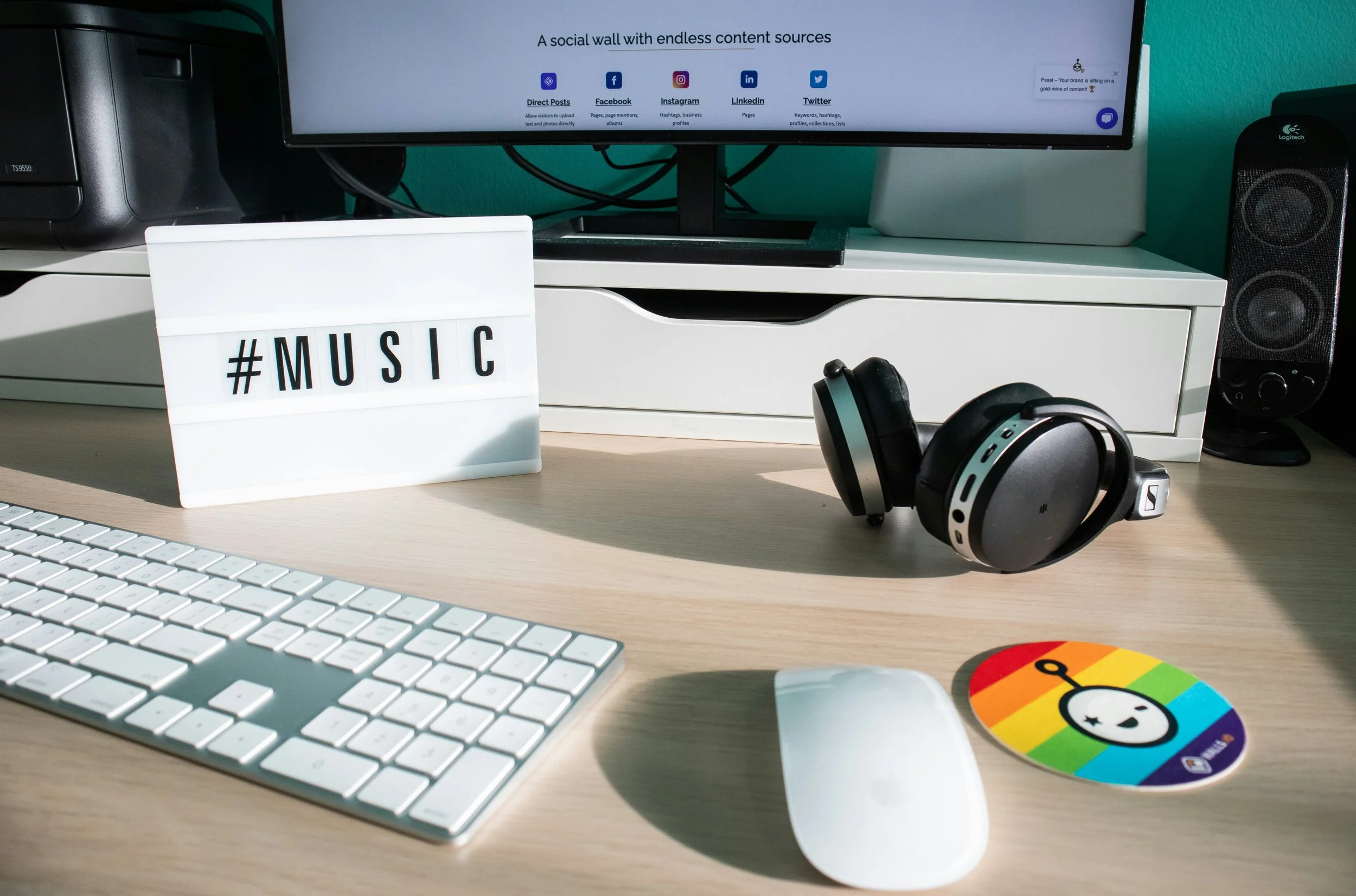




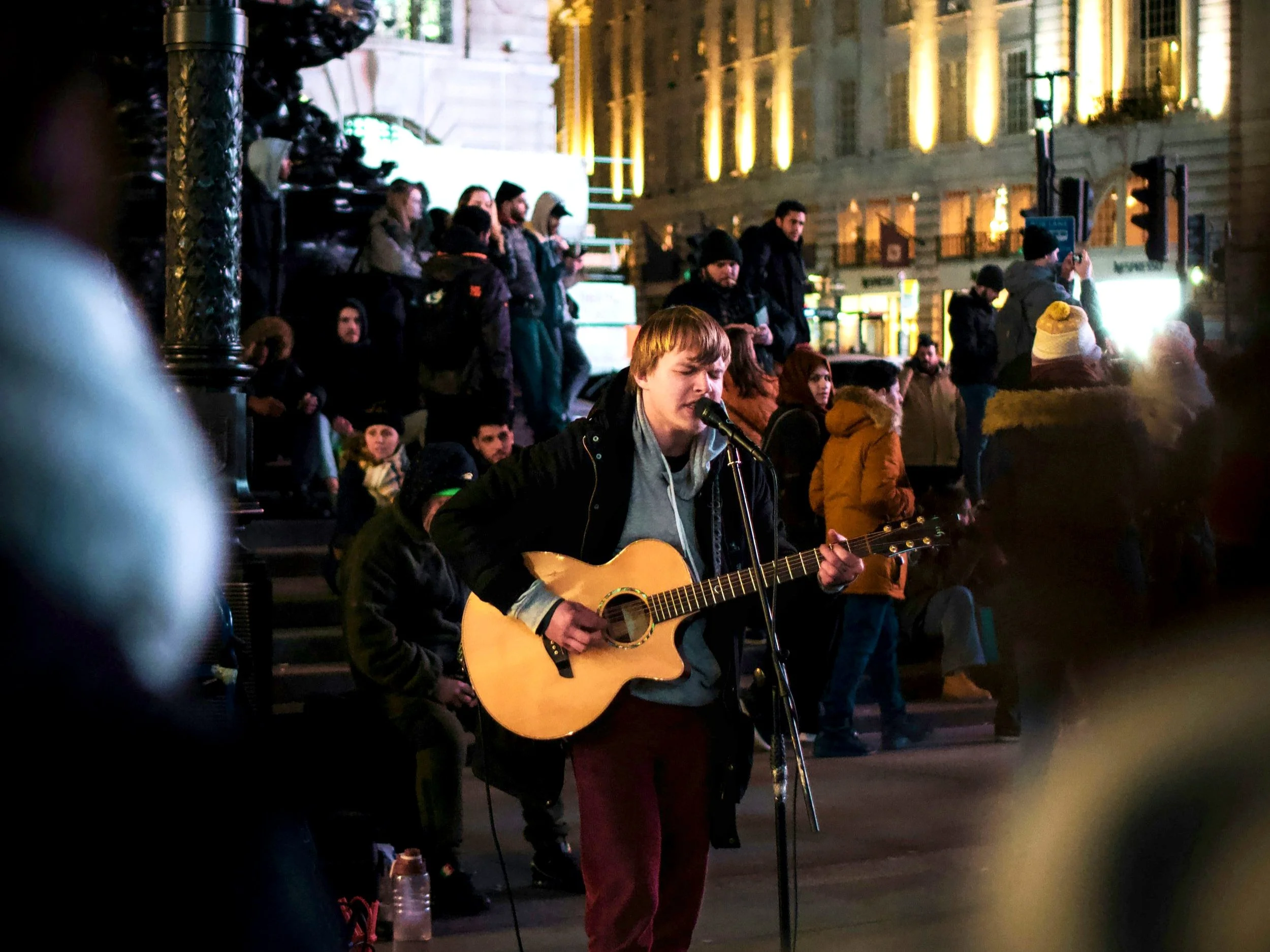






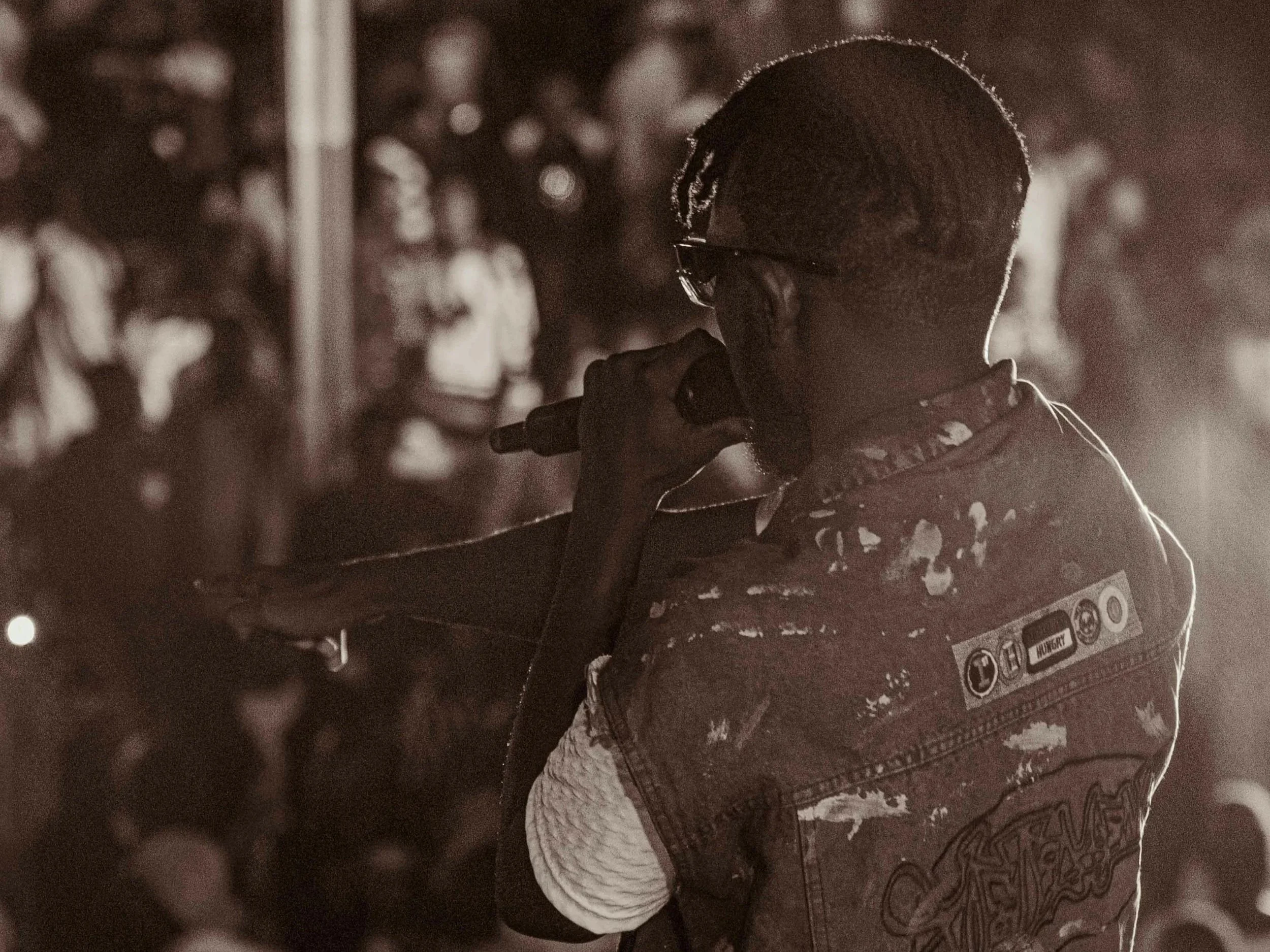



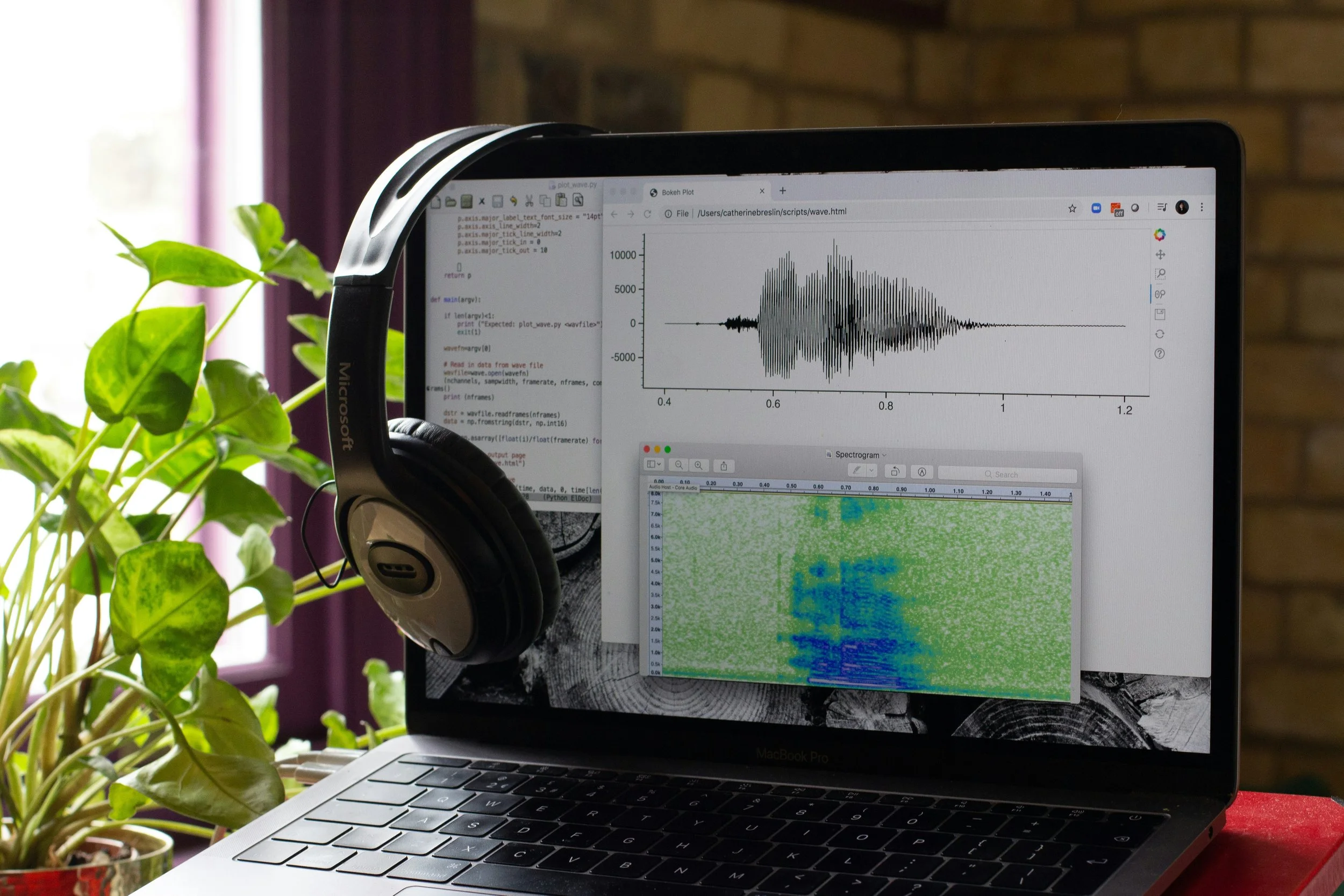






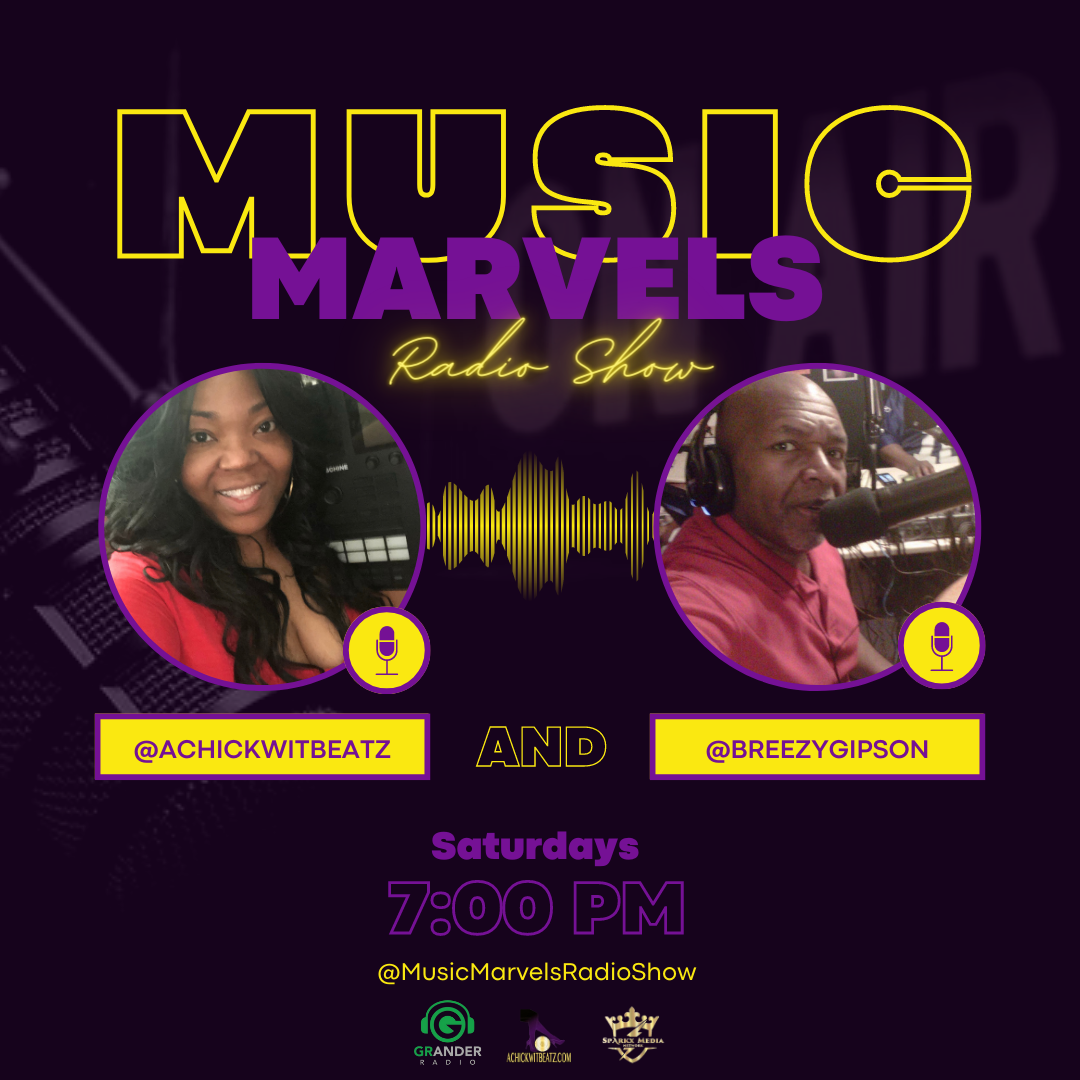
![Hear Here: Achickwitbeatz - Dopamine & Serotonin [Single]](https://images.squarespace-cdn.com/content/v1/52b0b90ae4b0293bfed0d692/1710852808557-EZYGFDIBHLBSIRFOVS1Q/Dopamine+%26+Serotonin.JPG)



